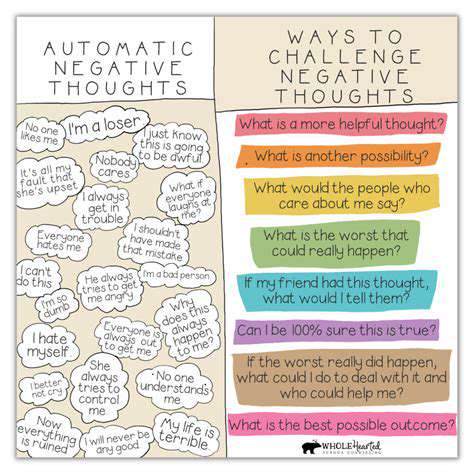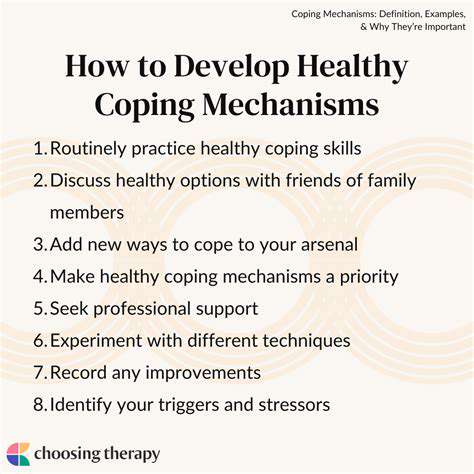How to Cope with Rumination Anxiety: Techniques for Relief
Learning to spot, question, and change negative thoughts is crucial for stopping rumination. These thinking skills are powerful tools for managing rumination.
Mindfulness and being kind to yourself also help. Mindfulness keeps you focused on the present, while self-compassion reduces harsh self-judgment.
When to Get Professional Help
If rumination is seriously affecting your life, seeing a professional is important. A therapist can give you personalized strategies. Professional help can teach you coping methods that fit your specific situation.
Therapy can also uncover deeper issues like past trauma that might be feeding the rumination. Addressing these is often key to long-term change.
Staying Grounded in the Present
Quick Ways to Feel Grounded
When rumination hits, grounding techniques can help you focus on the present. These simple methods work by engaging your senses. They create a bridge between racing thoughts and the here-and-now, bringing calm and control.
Using Your Senses to Stay Present
Focus on what you can feel, hear, see, smell, or taste right now. Notice textures, sounds, or smells around you. This simple focus can break the rumination cycle and bring peace.
The smell of coffee, the feel of a soft sweater, or the sound of rain can all help ground you.
Body Awareness Practice
Slowly scan your body from head to toe, noticing any sensations without judgment. This helps shift focus from mental chatter to physical feelings, creating calm.
Breathing for Calm
Slow, deep breaths activate your body's relaxation response. Focus on each inhale and exhale. Regular practice can significantly calm your nervous system.
Creating Mental Safe Spaces
Imagine a peaceful place or repeat positive statements. This can shift focus from worries to more positive thoughts. Regular use builds resilience against anxiety.
Changing Negative Thinking Patterns

Recognizing Negative Thought Habits
The first step in changing negative thinking is noticing your thought patterns. These might include always expecting the worst, black-and-white thinking, or constant self-criticism. Negative thoughts can strongly influence your mood and actions, often making you feel worse. Remember, thoughts aren't facts - you can learn to change them.
How to Change Your Thinking
Once you spot negative thoughts, challenge them. Ask if there's real evidence supporting them. Often there isn't. Looking for alternative explanations and focusing on your strengths can help create more balanced thinking.
When you catch yourself catastrophizing, ask what's most likely to happen instead of worst-case. This takes practice but gets easier over time.
Activities you enjoy, mindfulness, or deep breathing can also help shift focus from negative thoughts. Be patient - changing thought patterns takes time.

Getting Professional Help for Ongoing Rumination
What Rumination Really Is
Rumination means getting stuck on negative thoughts and feelings. It's common but not a personal failing - it's often an unhelpful coping strategy. Understanding this pattern is the first step toward change.
Finding Your Triggers
Notice what situations or feelings start rumination. Keeping a journal can help spot patterns. This awareness helps you prepare better coping strategies.
Building Better Coping Skills
Mindfulness and changing how you think can help manage rumination. But for persistent cases, professional help is often needed. A therapist can provide personalized strategies and support for lasting change.